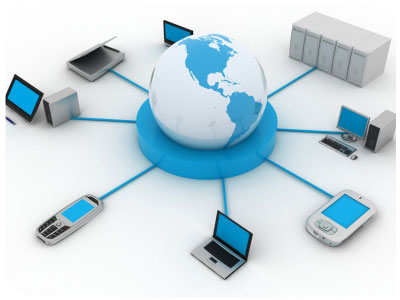 Software as a service (SaaS) is a revolutionary trend which looks likely to grow and evolve in the future. There are certain fundamental differences between traditional software and SaaS. SaaS is broadly software offered as a hosted service and leveraged using the internet.
Software as a service (SaaS) is a revolutionary trend which looks likely to grow and evolve in the future. There are certain fundamental differences between traditional software and SaaS. SaaS is broadly software offered as a hosted service and leveraged using the internet.
One Time versus Usage based Licensing
In traditional software, there is a one-time permanent licensing. This kind of licensing is quite expensive and costs may take some time to recover. However, in the case of SaaS, the client is charged depending upon usage. The less one uses, the lower the cost. Similarly, the more used the more the cost. This sounds quite logical, since the client can use the services as they require and their money will be wisely invested. Certain SaaS providers charge a fixed pre-defined rate for unlimited access to a subset or for the full range of the application modules. Others charge rates which change based on usage.
Differences in Installation of Software vs. SaaS
In traditional software, the application along with associated hardware is deployed at the client’s side. It is then customized and integrated with the existing infrastructure. A large software team with specialized knowledge is usually employed to manage and run the application. On the other hand, the SaaS providers such as Apptivo, hosts the data and application from a common central location. Some Vendors offer application programming interfaces which can be used by developers to fashion composite applications. A number of security mechanisms keep sensitive data confidential and safe in storage and transmission.
Do you have a Good Reason?
The reason for adding SaaS to your existing infrastructure should go beyond capability. It should not be added because it can be but rather if it is necessary and beneficial. All organizations can derive substantial benefit and decrease the risks of software acquisition by leveraging software as a service.
FREE Time Tracking software at your fingertips.
The Advantages of Risk Depreciation
One advantage to an organization that deploys a particular SaaS application is that it can stop subscribing to the service if no substantial results are achieved. In traditional software, with change comes with risks as one has to abandon a highly situated infrastructure. If customization and integration is not needed, SaaS applications can be planned and executed with the least amount of effort and setting up. For this very reason, quite a few SaaS vendors offer risk free and virtually cost free test periods of their software. This kind of strategy gives a chance for prospective clients to experiment with the software before making the decision to buy it. This does away with quite a substantial risk percentage associated with conventional software purchases.
Finally, in traditional software the client has to run around doing the deployment and day-to-day implementation. With SaaS it becomes the provider’s responsibility. In the latter, case the IT division can focus on more high priority areas and is relieved from low priority work. In short, SaaS is a substantial evolutionary leap in the area of modern software technology.


